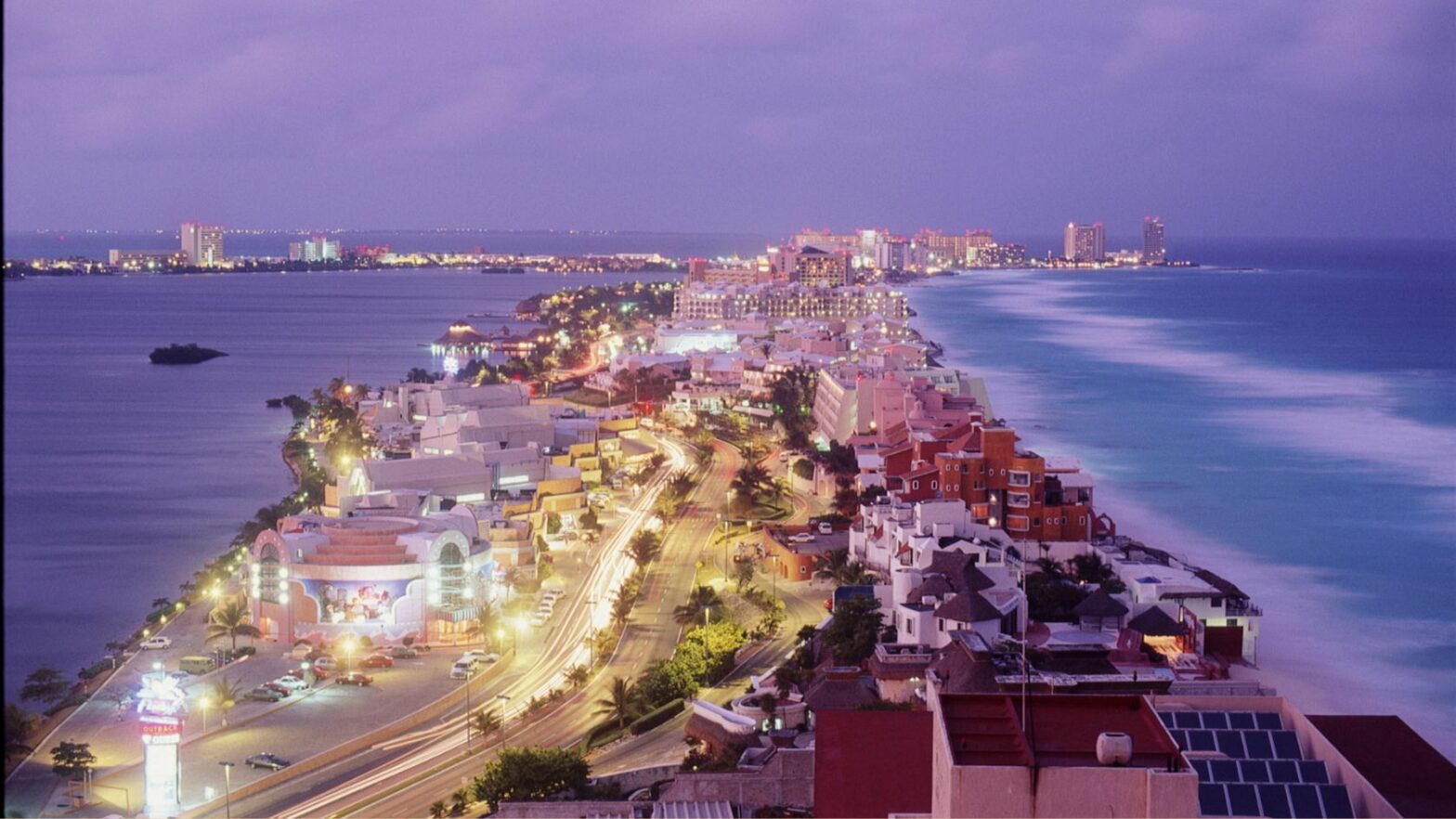As Americans plan their summer getaways to Mexico, they should brace themselves for potentially higher expenses compared to previous seasons, primarily due to the strengthening Mexican Peso against the U.S. Dollar.
In the same period last year, it took around 20.50 Mexican Pesos to purchase one American dollar. However, in recent months, the exchange rate has shifted, with one dollar now being equivalent to about 17 pesos. This three-peso reduction diminishes the purchasing power of the U.S. Dollar in Mexico, resulting in increased costs for typical tourist purchases.
The average taxi journey from Cancun airport to downtown Cancun costs $1,400 pesos, which has increased to $82 using the new improved rate. A cocktail in a club in downtown Mexico City costs around 185 pesos, or $10.73, while a luxury hotel stay averages $217 per night due to the skyrocketing peso value.
The value of the dollar in Mexico has dropped below its long-term average of 20 pesos, a minor difference that can significantly impact discretionary funds. Travelers considering a trip to Mexico might save money by waiting for a more favorable exchange rate if their schedule allows for flexibility.
Due to limitations on the amount of cash that can be brought across the border, many tourists rely on credit cards during their visit. However, it is crucial for Americans visiting Mexico to be aware of the various exchange rates they may encounter while dining or paying for other vacation expenses.
Credit Card Fees
When settling the bill, tourists face three different exchange rates. Opting for the wrong one can result in more expensive costs. The first-rate is the cash-to-dollars rate offered by the establishment, which often tends to be the least favorable. If travelers have obtained a favorable exchange rate when converting dollars to pesos, paying in cash to maximize their value is the best option.
Credit card fees are another issue for tourists. Before traveling to Mexico, it is recommended to verify the daily exchange rate offered by the credit card company. Companies charge fluctuating interest rates that can impact overall expenses. If given the option, travelers paying with a U.S.-issued credit card can decline the payment processor’s conversion and opt for the rate offered by their credit card company if it proves more favorable.
The issue of exchange rates also arises when using ATMs. If travelers need additional pesos, they must choose between the exchange rate offered by the machine and that provided by their service provider.
While the rising Peso may lead to a more expensive vacation for American tourists, being aware of the exchange rate dynamics and making informed choices can help mitigate the impact on their budget.





